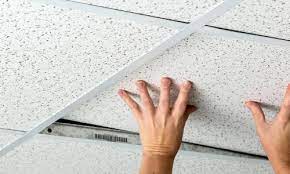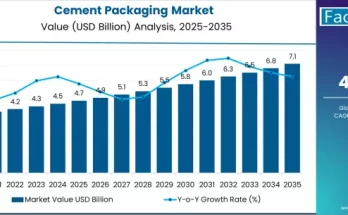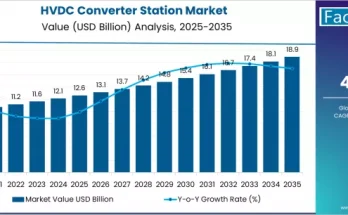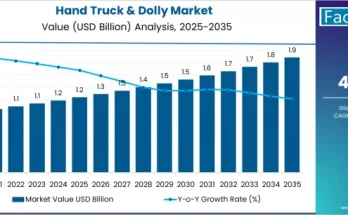Increasing focus on interior and exterior decorations in commercial, industrial, and other industries is pushing the supply-demand curve for ceiling tiles upward across the globe. With exponential growth of the building and construction industry, ceiling tile manufacturers are flourishing due to the rise in requirements.
A new study by Fact.MR offers a thorough analysis of the global ceiling tiles market. It also provides the market trends, potential, and demand-supply trajectories around the world, where demand is seen to be high in North America, Europe, and Asia. The report also tracks the impact the COVID-19 pandemic is having on the market, and what projections for the future look like.
Celing Tiles Market Segmentation by Category
- Material
- Aluminum
- Fiber Glass
- Mineral Fiber/Gypsum
- PVC
- Steel
- Wood
- Other Material Types
- Polystyrene
- Urethane
- MDF
- Copper
- Form
- Laminated Ceiling Tiles
- Fissured Ceiling Tiles
- Patterned Ceiling Tiles
- Plain Ceiling Tiles
- Textured Ceiling Tiles
- Coffered Ceiling Tiles
- Other Forms
- Open Cell
- Fine Ceiling Tiles
- Application
- Residential
- Hospitality
- Commercial
- Institutional
- Industrial
- Installation
- Drop/Suspended
- Surface Mounted
- Region
- North America
- Latin America
- Europe
- Middle East and Africa (MEA)
- East Asia
- South Asia
- Oceania
Competitive Landscape
The ceiling tiles market is evolving fast, which, in turn, is making the competition fiercer for key players. In order to capitalize on the upcoming opportunities, key market players have started launching a wide variety of products.
For instance,
- Knauf launched its new extensive range of ceiling tiles, such as AQUAPANEL® Cement Board Indoor, KNAUF CLEANEO ACOSTIC, and others, in 2020.
- SAS International launched its new range of ceiling tiles, such as SAS Metal Ceiling Tiles, SAS Open Cell Ceilings, SAS Suspended Timber Ceilings, and others, in 2019.



